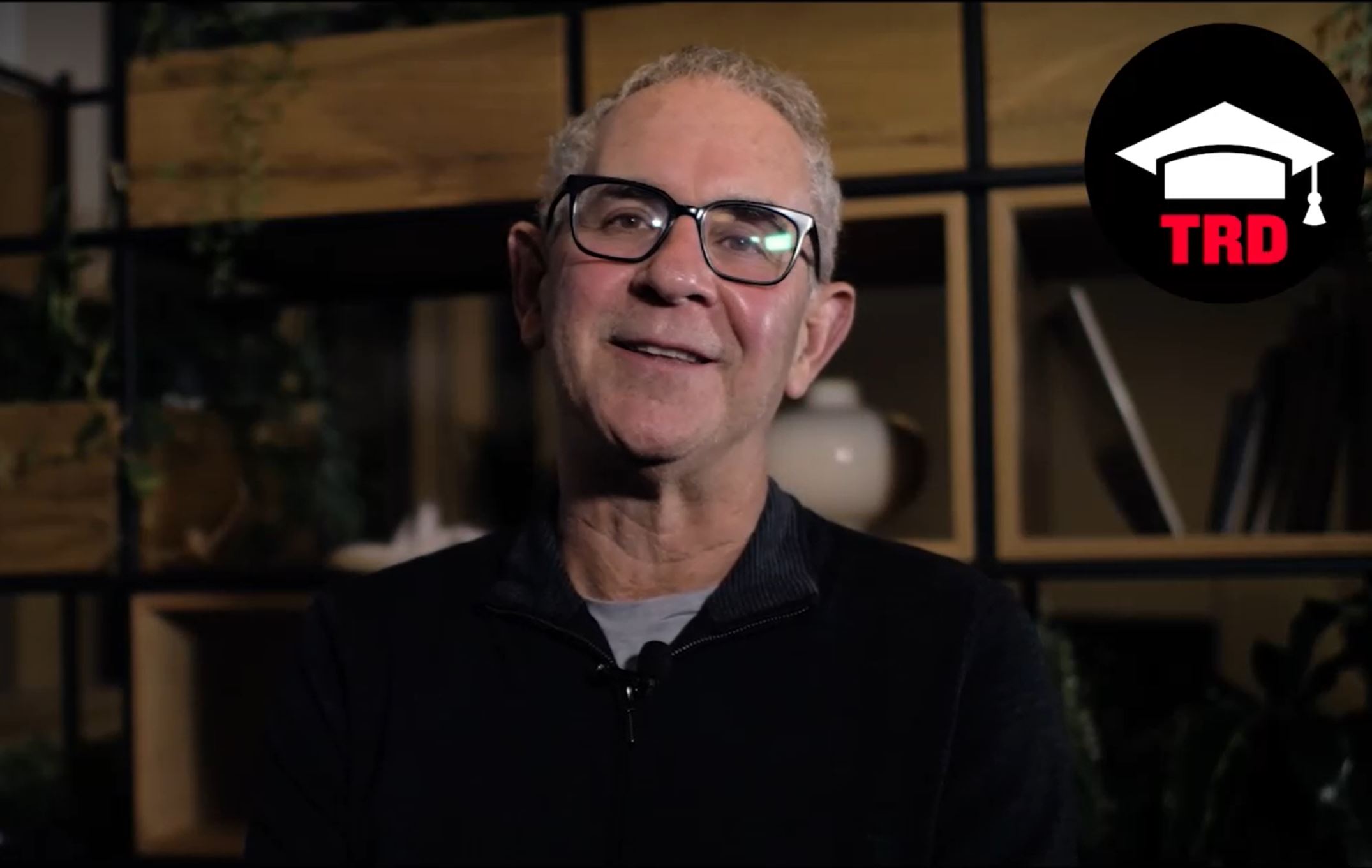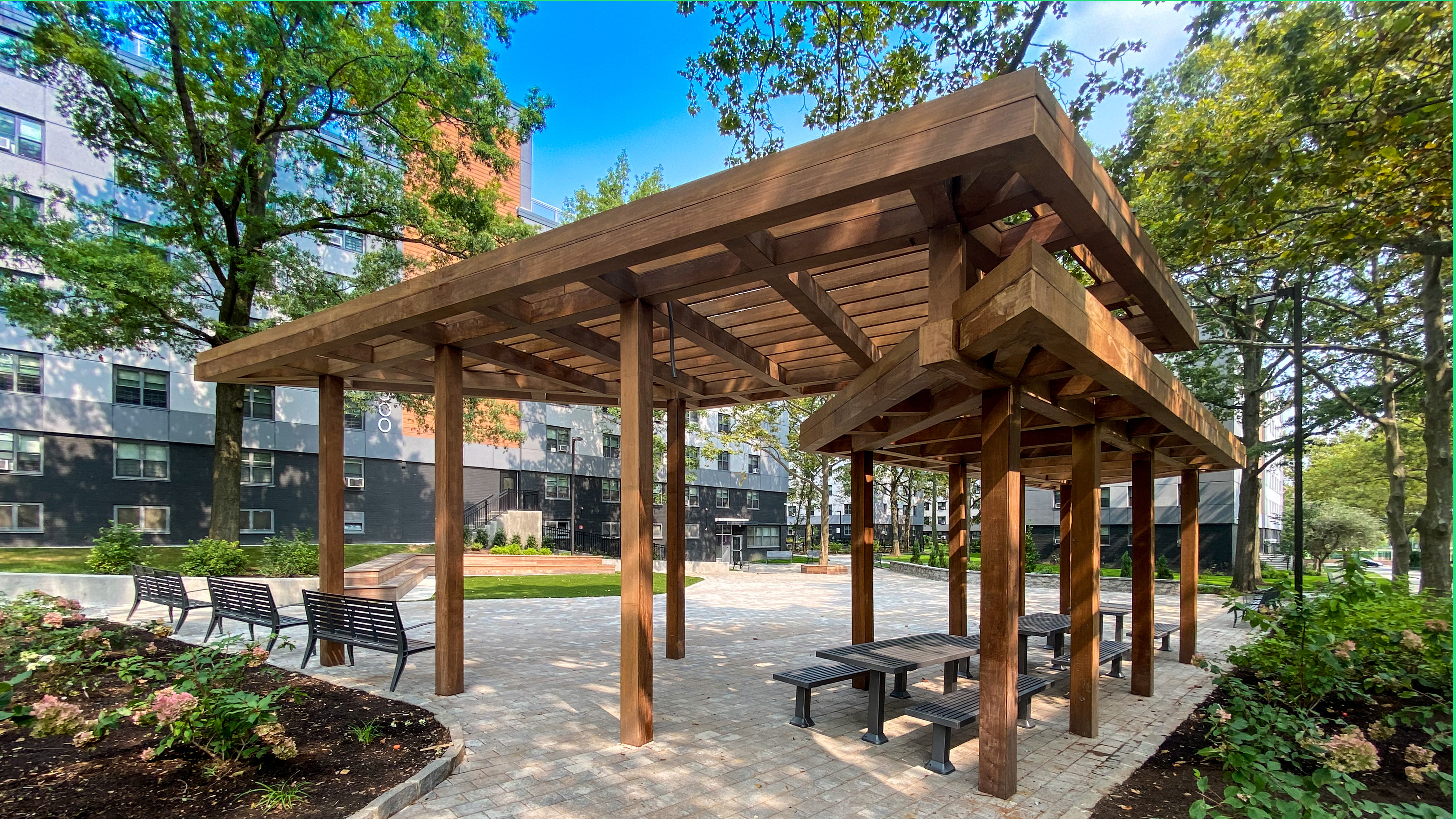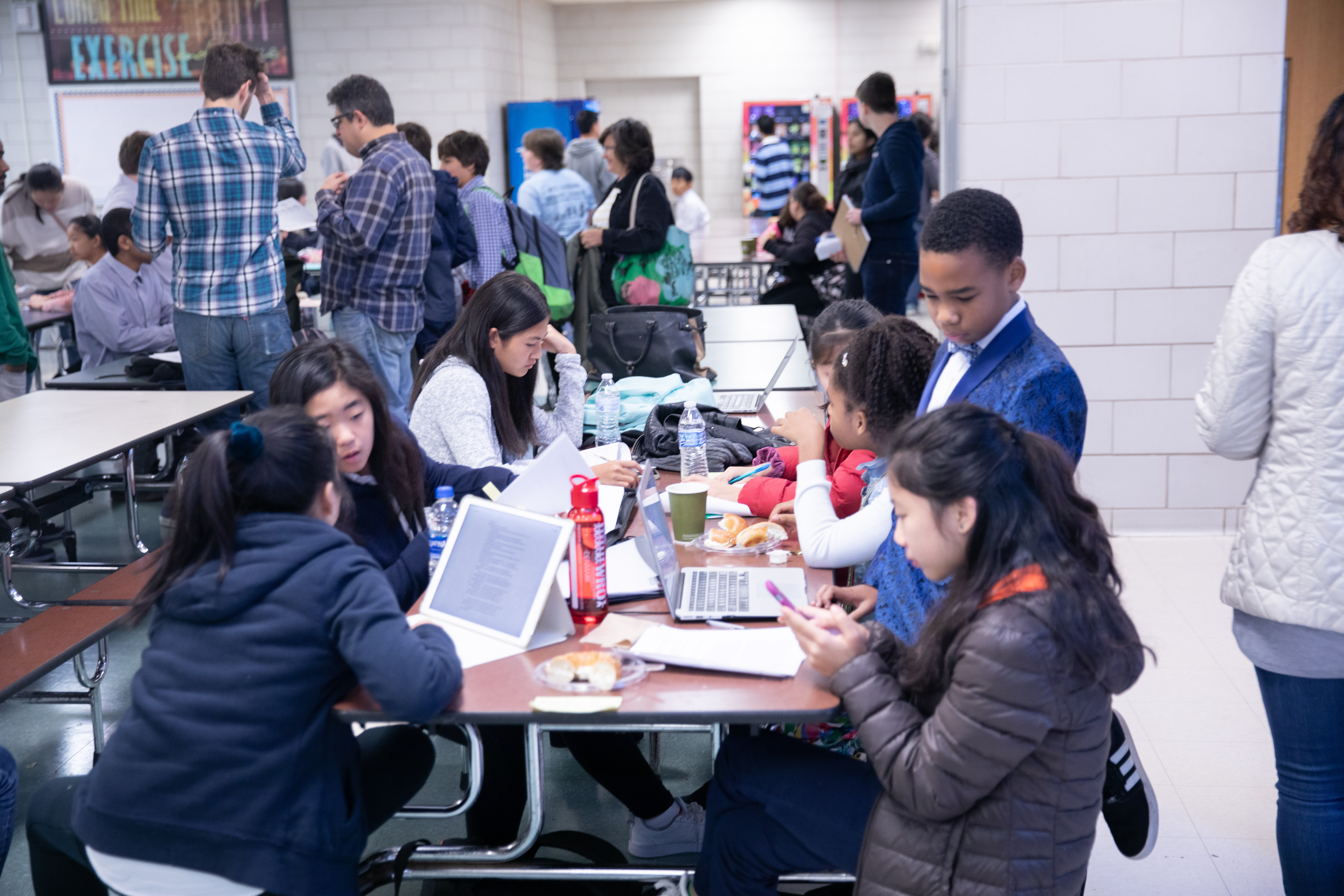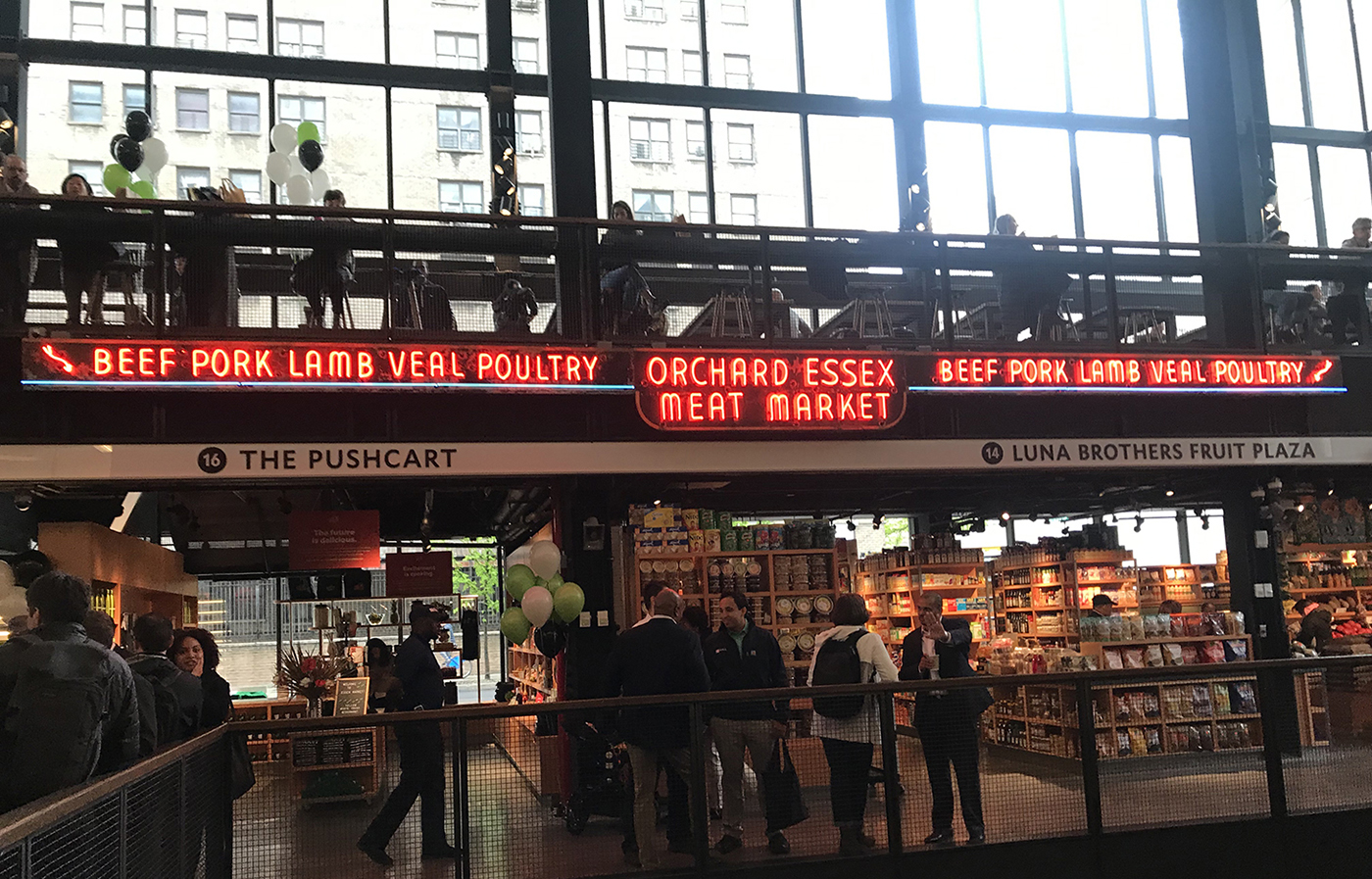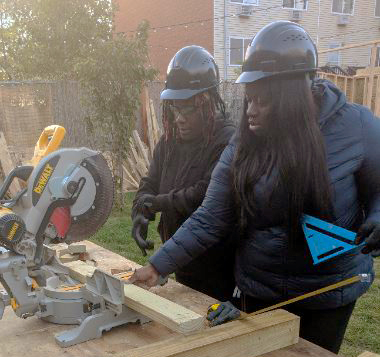At a recent event at NYU’s Furman Center, panelists talked about the trends and current challenges in affordable housing in New York City. The pervasive theme among attendees—an assortment of developers, housing advocates, Furman Center researchers and city employees—was that the challenge is institutional and the need for more affordable housing is officially urgent.

New York City continues to push back against another austere HUD budget, via CityLimits.org | Above: Queensbridge Houses, the biggest public housing complex in the country via CityLimits.org
For those of us working in the affordable housing industry today, there are many challenges we face in answering the demand for creation of additional housing for low-income Americans. From the threat of existing federal funding vanishing to the steady increase of income disparity among Americans, citizens and real estate developers alike need to stay informed.

Map: Millions of Americans burdened by housing cost; Source: Harvard Joint Center for Housing Studies
The concern among advocates of affordable housing is not only about the austerity of the proposed HUD budget but also about the increasing need, year over year, for additional housing for low-income Americans across the country. The proposed 2019 budget eliminates HUD’s Section 4 Capacity Building and Affordable Housing funding, a program that has been integral in the creation of thousands of homes for low-income families.
Earlier this year, a report was released by Harvard University’s Joint Center for Housing Studies which further reinforces the belief that more resources and attention are needed to create affordable housing and better coordinate efforts to rebuild communities. The supply of housing for lower- and moderate-income families is dwindling and many more families are becoming rent-burdened as a result. Moreover, there doesn’t seem to be much effort on the federal level to encourage and help promote more affordable housing for the working family to afford. The rate with which rents are increasing is greater than that of family incomes, which only serves to further exacerbate the problem.

Navy Green, Brooklyn: Developed by L+M and partners, Navy Green is a mixed-use development featuring four buildings with a large affordable component.
Affordable housing developers can continue to advocate with the help of city and community partners and innovate through innovative ventures beyond the public-private realm. For example, a coalition of philanthropists recently announced a new initiative to address the need for affordable housing, and academic institutions like Stanford University are also stepping up to aid the greater community. But the housing crisis cannot be solved without federal and local government support and shared long-term commitment to the communities that need it most.
In New York City, local government has pushed back against the proposed budget cuts outlined within the 2019 budget as “the cuts to the nation’s housing programs could have a drastic impact on New York’s affordability crisis and public housing stock.” In response, the Center on Budget and Policy Priorities (CBPB) reported that policy changes could result in a 23 percent rent increase for over 200,000 renters in New York State—or an annual increase of $1,480 per household.
Private coalitions and lobbying will help alleviate the affordable housing crisis but real estate developers and private citizens must also recognize the responsibility we have by facing the crisis of present.

